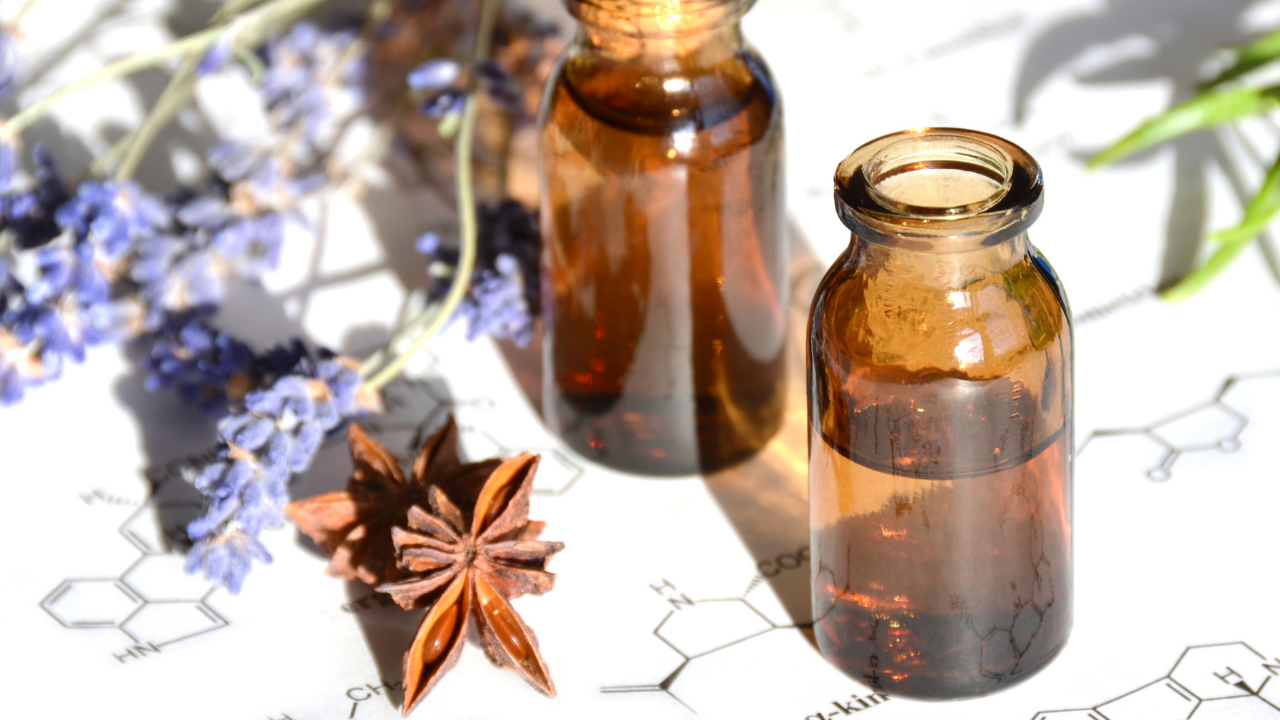The Essence of Thyme Blog
Learn about essential oil recipes, aromatherapy careers, plant sustainability, aromatherapy classes, aromatic chemistry, and more.
How to Choose High-Quality Essential Oils?

With essential oils growing in popularity, it’s easier than ever to buy them. But much harder to know if you’re getting a truly high-quality product. For those starting their aromatherapy journey, understanding quality is key to using essential oils safely and effectively.
At Essence of Thyme College of Holistic Studies, we believe that education is the foundation of confident, ethical practice. ...
Yes, Aromatherapy Is Science And Here's Why That Matters

Ask someone what aromatherapy is, and they might say, “It’s about calming scents” or “It’s something relaxing with essential oils”. And while that’s partly true, it’s far from the whole story. Beneath the beauty of every aroma is something far more intricate: a complex world of chemistry, biology, and science.
Aromatherapy isn’t just about how something smells. It’s about how that scent interacts...
Simplifying Essential Oil Terminology

Aromatherapy can be overwhelming! Educated aromatherapists use terms such as Latin binomials, chemotypes, and isomers. They discuss safety considerations; in fact, they often debate safety considerations! How can someone new to aromatherapy determine right from wrong? The easy answer would be to take an aromatherapy program, but not everyone interested in aromatherapy has the desire to be a certif...
Chemical Free: The Irony

You have probably been inundated with advertisements from companies declaring their products to be chemical free. You may have even purchased products based upon these claims.
What if I were to tell you that nothing is chemical free? Our bodies are composed of approximately 60% oxygen (O), which is a chemical element. Other chemical elements that comprise the human body are carbon (CO2), nitrogen...
Demystifying chemotypes: get the most out of your essential oil blends

If you’ve used essential oils, you most likely have come across the term chemotypes. But do you really know what they are, and why it is important information to know? Let’s dive into the topic of essential oil chemotypes.
What are chemotypes?
Chemotype (noun): Essential oils that are from the same plant species, but whose dominant constituents differ in their chemical composition.
To put i...
Free Webinar: Conquer Essential Oil Chemistry... and Turn Your Passion Into a Profession!

UPDATE: The live webinar is over, but join our mailing list and get first notice of our next event!
I have a secret to tell you. It is actually a pretty shocking secret!
When I took my aromatherapy certification program, chemistry wasn’t even part of the curriculum. Can you imagine an aromatherapy program without this foundational piece of the puzzle?
As a newly graduated aromatherapist, I tho...
The Benzene Ring: Our Logo, Our Values

It’s a question we hear a lot.
“Why did you choose a honeycomb as your logo?”
The easy answer: “Because it represents everything we believe in.”
The deeper answer: “Let us tell you about the benzene ring.”
The Benzene Ring
As the story has it, in 1865, the discovery of the benzene ring came to Friedrich Kekulé, a German organic chemist, in a waking dream. In his dream, he supposedly saw row...
The Sedative and Anxiolytic Activities of Cedrol and Virginian Cedarwood Essential Oil

Cedrol
Cedrol is a tricyclic sesquiterpene alcohol commonly occurring in the essential oils of conifer trees, especially those belonging to the Cupressus and Juniperus genera. It occurs in essential oil of Juniperus virginiana (Virginian, red or Eastern red cedarwood) (Figure 1) at proportions of approximately 24-32% (ter Heide et al, 1988; Kitchens et al, 1971). The compound presents minimal ris...


